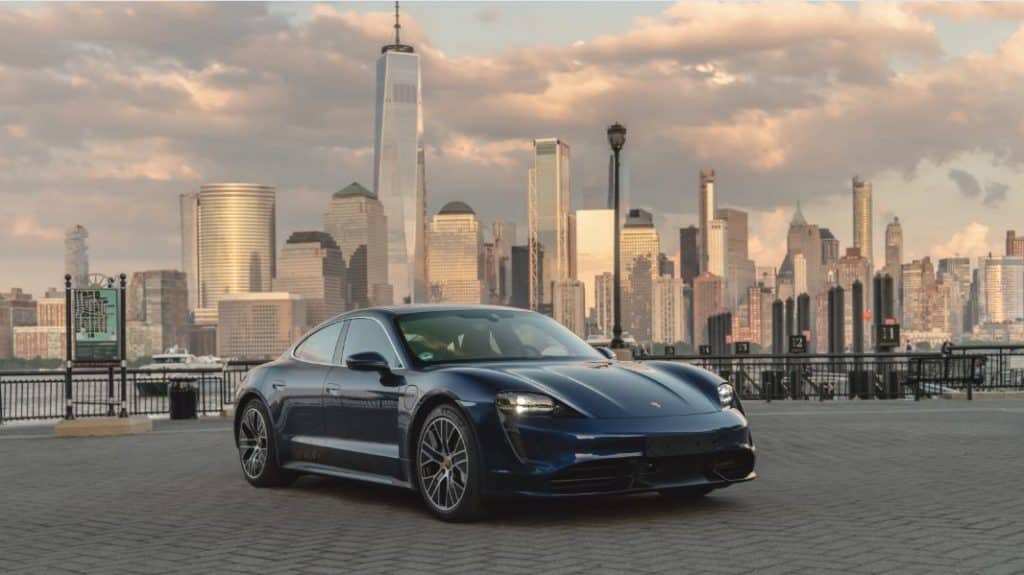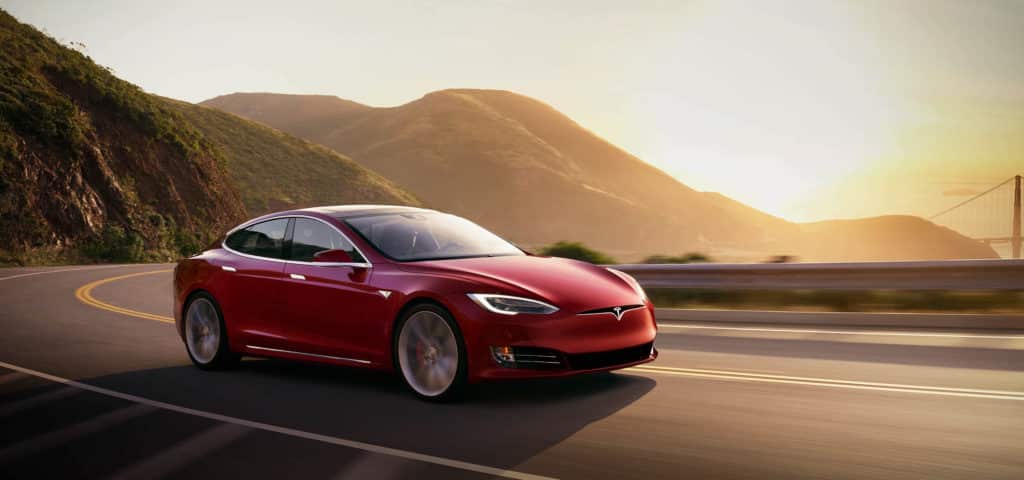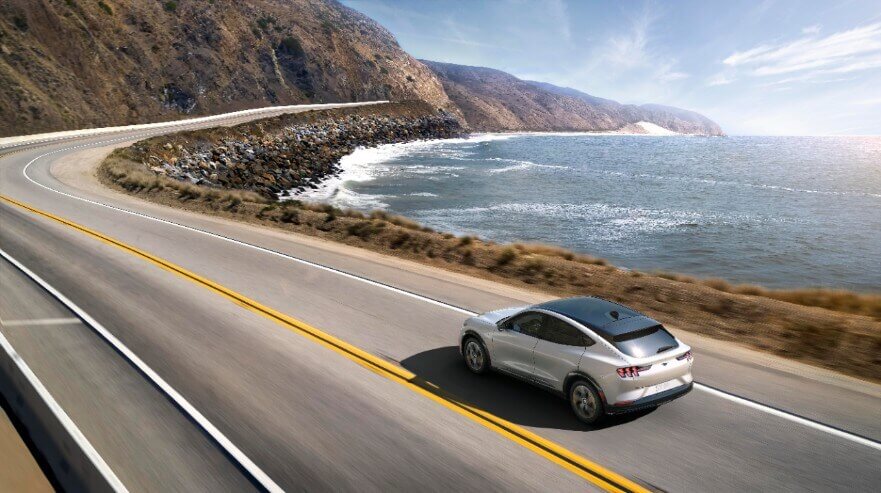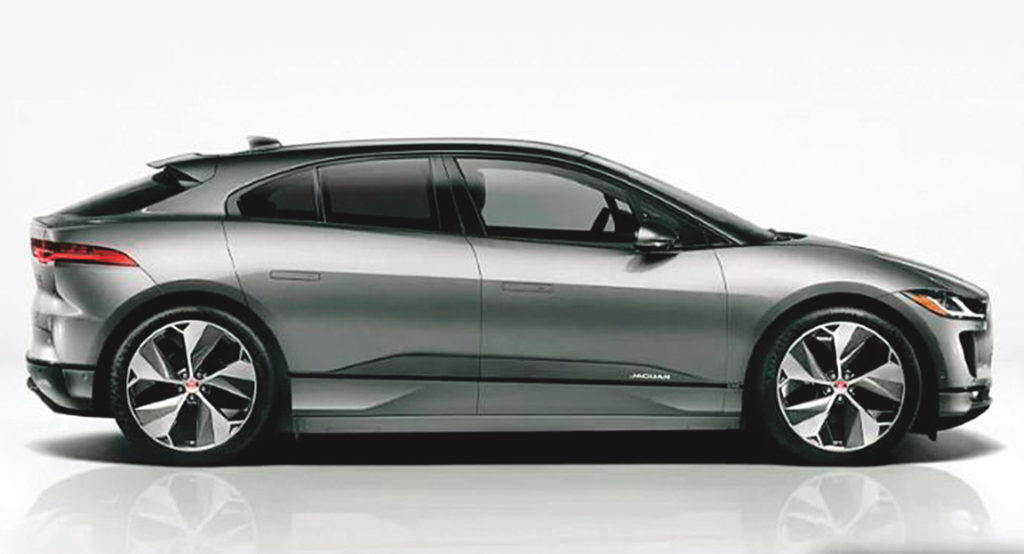Electric car manufacturers seek expansion in the new decade

Get ready to cruise in the HOV lane. Believe it or not, you don’t even need to have passengers during rush hour to pass the insane traffic that everyday New Yorkers are accustomed to.
Meet the electric car, which is seeking a major expansion as the new decade just kicked off. The electric cars, comprised of revolutionary technology, can last anywhere from 100 to almost 400 miles on the road.
While the electric car is nowhere close to overtaking the traditional gas-powered machines, there are plenty of benefits for those who want to feel environmentally-friendly. But at the same time, consumers need to understand that these vehicles are far from perfect.
“The market share of electric vehicles on Long Island is 0.068 is the latest number I looked at in the beginning of December,” Rosemary Mascali, chair of Drive Electric Long Island’s education and outreach subcommittee, told Anton Media Group. “It’s still not a large adoption, but there’s reasons for it. For years, there weren’t a lot of models, there was a big price differential and there weren’t a lot of incentives.”

Electric cars are complex, and organizations like Drive Electric Long Island, which is run by the United States Green Building Council, aim to have consumers understand how they work.
Unlike plug-in hybrids, which have a split electric motor and a regular gasoline-based one, electric cars run solely on a battery. The lithium-ion batteries are expensive, which drives the overall cost up.
The cars, though, can now be charged at home. It will take several hours, preferably overnight, to fully charge and it add to your electric bill. There is no need to purchase a high-voltage charger.
“Owners can use a standard outlet, which takes a while, or install a wall charger for a much quicker charge,” a July 2019 study by Consumer Reports stated. “All electric vehicles come with a 110-volt-compatible, or Level 1, home connector kit. It’s essentially a fancy extension cord that allows your car to be plugged into a standard outlet on one end and into the car on the other end.”
But these cars are not meant for long trips. This is for the daily commuter, going to and from work, plus maybe a little extra driving.

The battery life of these cars means that they’re perfect for those who drive about 100 miles per day, with some leeway depending on the car’s capability. A Tesla Model S can last for 373 miles without having to be recharged, while the Ford Focus Electric will need some extra juice after 115 miles. Audi’s first electric SUV, called the e-tron, lasts about 250 miles and can be recharged in an astonishing time of just a half-hour.
“Every electric car that goes on the road today is going to get greener over time,” Mascali said. “Ford seems to be picking up the pace.”
Within the next decade, manufacturers, led by Tesla’s innovation, will not only last longer, but they’ll be the optimal choice for consumers.
“If you’re one that drives 20 to 30 miles a day, the plug-in cars are pretty attractive,” she explained. “The hybrids can kick into gas if you need it.”
A study conducted by Bloomberg New Energy Finance states that by 2040, electric cars might be out-selling the traditional internal combustion vehicles, with sales nearing 50 million cars. However, this is a major challenge that is befalling this industry.
“There are already 630,000 public charging points installed globally, and utilities, oil and gas companies, automakers and pure-play operators are currently all active in this area,” the Bloomberg New Energy Finance report states. “But much more will be needed to serve the growing EV fleet.”

Some companies, as Mascali pointed out, are even adding electric vehicle charging stations for their employees. Among them are local companies on Long Island, as well as universities in the area, making it easier and cheaper for people to charge their cars.
That’s not all, either. New York’s Clean Pass program actually enables drivers of electric vehicles to hop onto the HOV lane and avoid traffic. Yeah, it’s perfect for commuters who frequently travel on the Long Island Expressway.
In 2020, New York added the following vehicles to the HOV lane access list:
• 2020 Ford Fusion Energi PHEV
• 2020 Ford Fusion Special Service PHEV
• 2020 Honda Insight and Insight Touring HEV
• 2020 Jaguar I-Pace BEV
• 2020 Kia Soul BEV
• 2020 Toyota Corolla HEV
• 2020 Toyota Prius Prime PHEV
• 2020 Toyota Prius AWD HEV
Overall, there are approximately 80 types of vehicles that are eligible for Clean Pass stickers, according to the New York State Department of Transportation. The full list can be seen at www.dot.ny.gov/programs/clean-pass.
While the cost of electric cars are indeed expensive, there is hope for the future. Battery prices, as the technology increases, are expected to decline. That would mean the cars are more affordable. Eventually, electric-based vehicles will take a toll on the oil industry.
“Despite the rapid uptake of electric vehicles across many different vehicle segments, direct CO2 emissions from road transport continue rising for the next 10 years before peaking in 2030, mainly due to a growing internal combustion vehicle fleet,” the Bloomberg New Energy Finance report states.

The price differential, thanks to the cheaper batteries, will greatly help consumers who want to move away from the standard gas-powered vehicles.
“The cost of the battery is steadily coming down,” Mascali said.
Additionally, the government if offering ways to assist consumers in purchasing the green machines.
“The federal government and a number of states offer financial incentives, including tax credits, for lowering the up-front costs of plug-in electric vehicles,” the Office of Energy Efficiency and Renewable Energy states on its website. “The federal Internal Revenue Service (IRS) tax credit is for $2,500 to $7,500 per new EV purchased for use in the U.S.”
The upfront cost of an electric car is immaculate, with the lowest being the Nissan Leaf, with a MSRP of $29,990. The inconvenience of charging your car each night might be bothersome at first, too.
However, you will save a significant amount of money by using electricity in your home, rather than frequenting a gas station each week to fill up your tank.
“The government policy will make a difference,” Mascali said.
The benefits are certainly visible for the electric cars, but it costs a lofty price. In the future, the price will likely decrease significantly, a great sign for the industry and one step closer to making the world we live on a safer and healthier place to life.



































